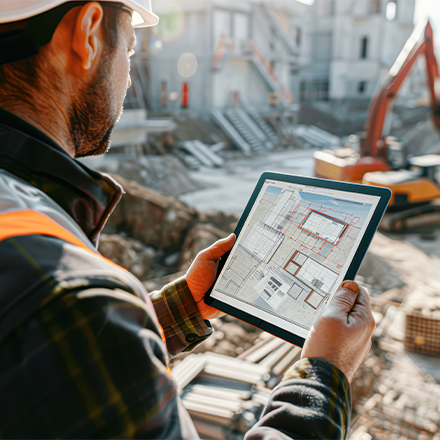The first 3D printed infrastructure projects are now emerging: for example near Madrid, where a bridge has been printed on micro-refined concrete and polypropylene fibers , and also in Amsterdam, which by the end of the year is expected to have a bicycle bridge that has been printed in steel. In recent years, there has been a string of such announcements, with companies competing to show they have the best technical prowess. The VINCI Group itself has teamed up with XtreeE, one of the most innovative startups in the sector. Is it conceivable that 3D printing might replace traditional construction in future?
3D Printing on Mars
In recent months, a particularly promising innovation has been unveiled by MIT. The US research institute presented a 3D printing device composed of a rover, on top of which there is a tank-like reservoir and then a robotic arm with an injection system. Seeing the system in operation is impressive: within a few hours the “Digital Construction Platform” can autonomously build the foundations of a building in concrete and foam. What is MIT aiming to achieve with this system? To have a mobile device that can build in Antarctica… or even on Mars! Indeed, 3D printing of city infrastructure is far from being the most likely application of the technology in the short and medium terms. On the other hand, it is likely that 3D technology will rapidly become established as an auxiliary of more traditional techniques, for use on difficult sites or in the construction of parts with a complex geometry.


